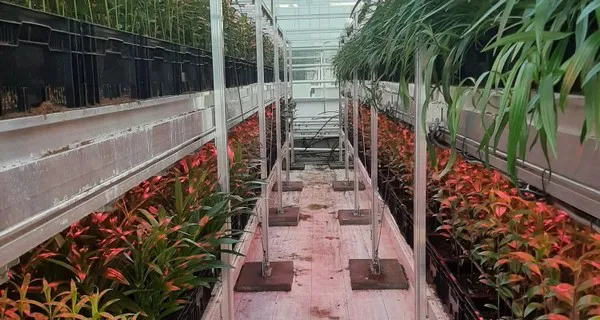By propagating lilies in a greenhouse, cleaner outdoor cultivation is possible. In the greenhouse, the bulbs are less or not bothered by viruses or leaf mold, for example, and can therefore start cultivation in a cleaner way. As a result, fewer plant protection products are needed during cultivation. However, the bulbs lack the autumn conditions in the greenhouse and do not ripen properly: an essential process in cultivation. The Greenhouse Horticulture and Flower Bulbs Business Unit of Wageningen University & Research is investigating whether ripening can be stimulated in the greenhouse.

The project 'Knowledge Impulse Green Crop Protection - Vital Lily Cultivation' is investigating whether one-way cultivation of lilies is possible. For this, lilies are grown in the greenhouse and propagated under optimal conditions (temperature, light, nutrition), regardless of the season. Due to these optimal conditions, the bulbs do not senesce, which leads to some problems in a subsequent cropping cycle. This means that ripening must be stimulated, and the bulb goes to rest, for example, by imitating autumn. The bulb needs this period to continue growing.
WUR investigated various methods for ripening the bulbs: adjusting the climate (shorter days, growing cooler), causing stress (by placing the plants in a cold store or by crushing them), and hormone spraying. Finding the right strategy is an important step in making lily cultivation more sustainable.
The preliminary results show that cold provides the best results for the time being. Most bulbs then emerge during cultivation. It remains to be seen whether cold is indeed the best strategy: when it comes to harvesting, it will become clear which strategy produces the least deformed bulbs.
Source: wur.nl
